PhD News
Art and The Rural Imagination - publication
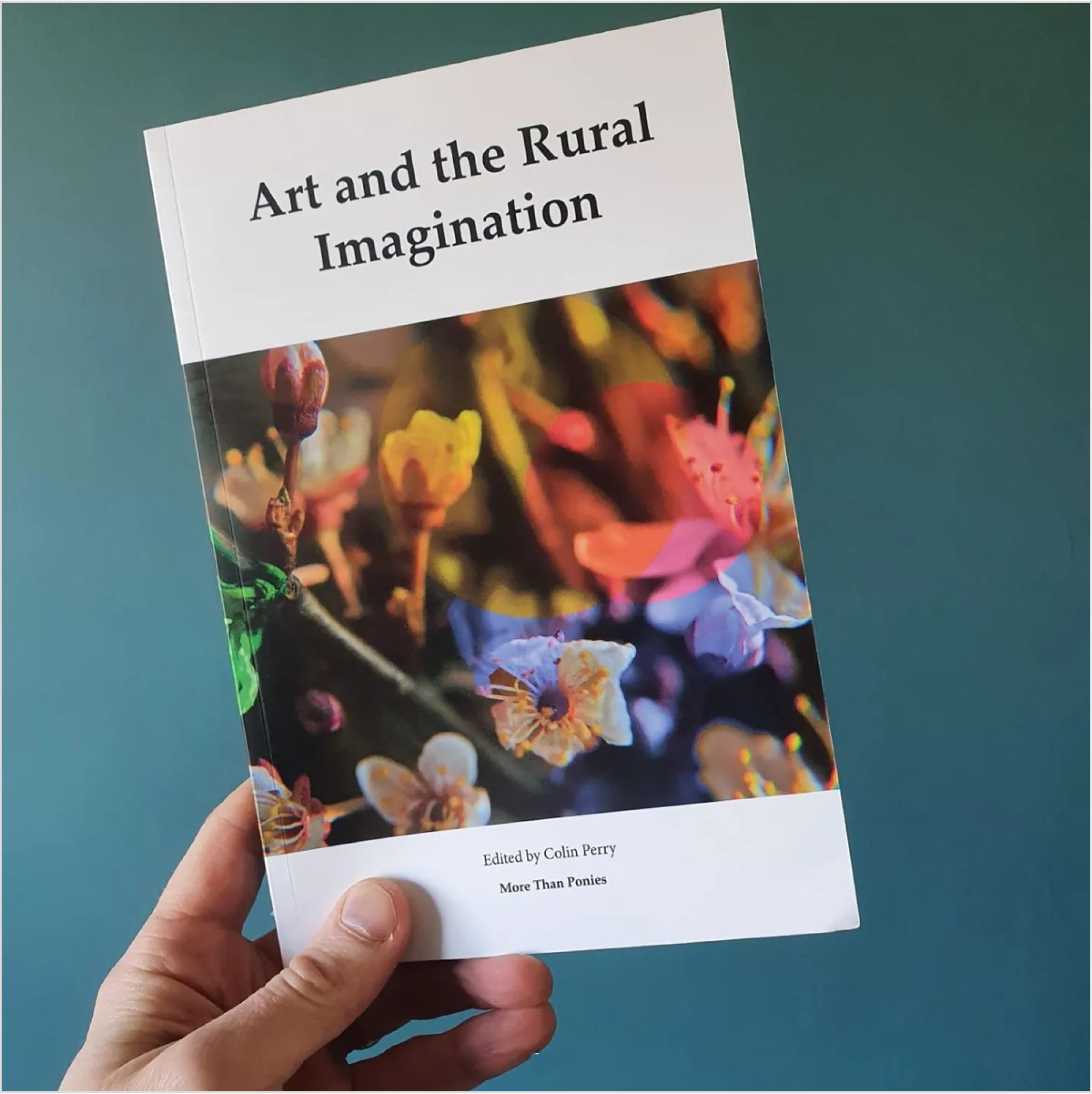
by More Than Ponies, edited by Colin Perry
Current PhD candidate Kasia Depta-Garapich has contributed to Art and The Rural Imagination by More Than Ponies, edited by Colin Perry.
Art and the Rural Imagination features writing by key academics and artists and explores how contemporary art can help to reimagine the rural as a site of contemporary thought and experience. It reflects on a diversity of issues, from post-pandemic landscapes to farming, tourism, sustainability, productivity, as well as issues of gender, sexuality and decolonisation.
Contributors: Adam Chodzko, Katarzyna Depta-Garapich, Catherine Elwes, Laura Eldret, Feral Practice (Fiona MacDonald), Paul Finnegan, Jenny Holt, Anna Sofie Hvid, Victoria Lucas, Deirdre O’Mahony, Harry Meadows, Colin Perry, Rosemary Shirley, Julian Stallabrass, Standart Thinking (Javier Rodriguez), Marina Velez Vago and Zoox .
For further details and to order, see the More Than Ponies website.
City of Women London map
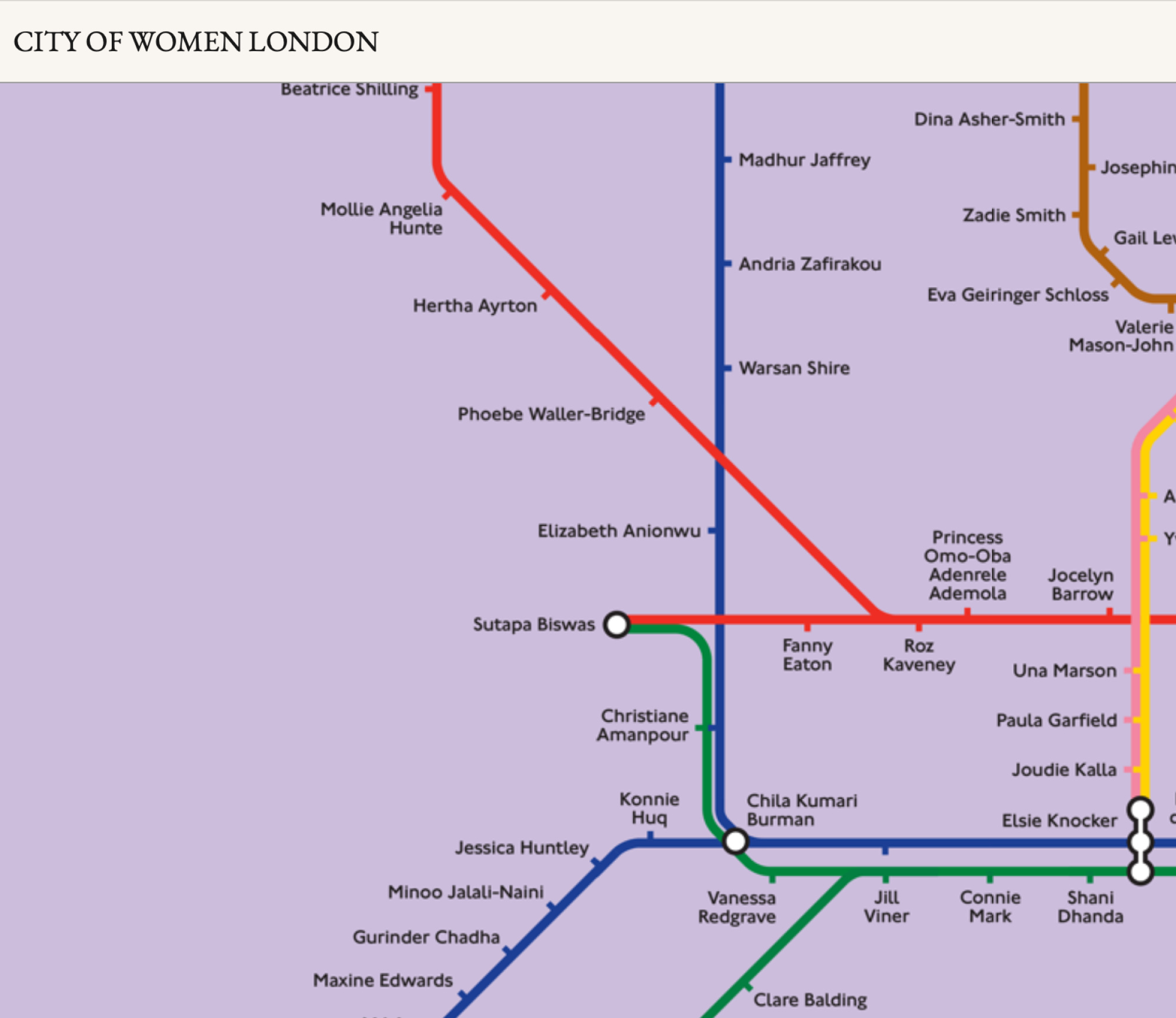
https://www.cityofwomenlondon.org
The interactive City of Women London map, a project led by alumna Dr Leah Lovett and Dr Duncan Hay, featuring many notable women including Slade alumnae, including Sutapa Biswas, Jadé Fadojutimi, Chila Kumari Burman and Rachel Whiteread, can be seen on: https://www.cityofwomenlondon.org.
This interactive map has been produced by researchers at The Bartlett Centre for Advanced Spatial Analysis, University College London. It has been funded by the Engineering and Physical Sciences Research Council, UCL Grand Challenges, and the UCL Centre for Critical Heritage Studies. Development of the Memory Map Toolkit was funded by the Bartlett Faculty of the Built Environment, UCL, and draws on research conducted under the Survey of London Whitechapel Initiative, funded by the Arts and Humanities Research Council.
Inter-worlds: Talk Jai Chuhan, Permindar Kaur, and Raksha Patel
This online talk focuses on the work of leading British South Asian women artists Jai Chuhan, Permindar Kaur, and Raksha Patel. Booking via Eventbrite. More information on Inter-worlds see the research page.
Shino Yanai: I hear your breath in 4/4 - Yamamoto Keiko Rochaix
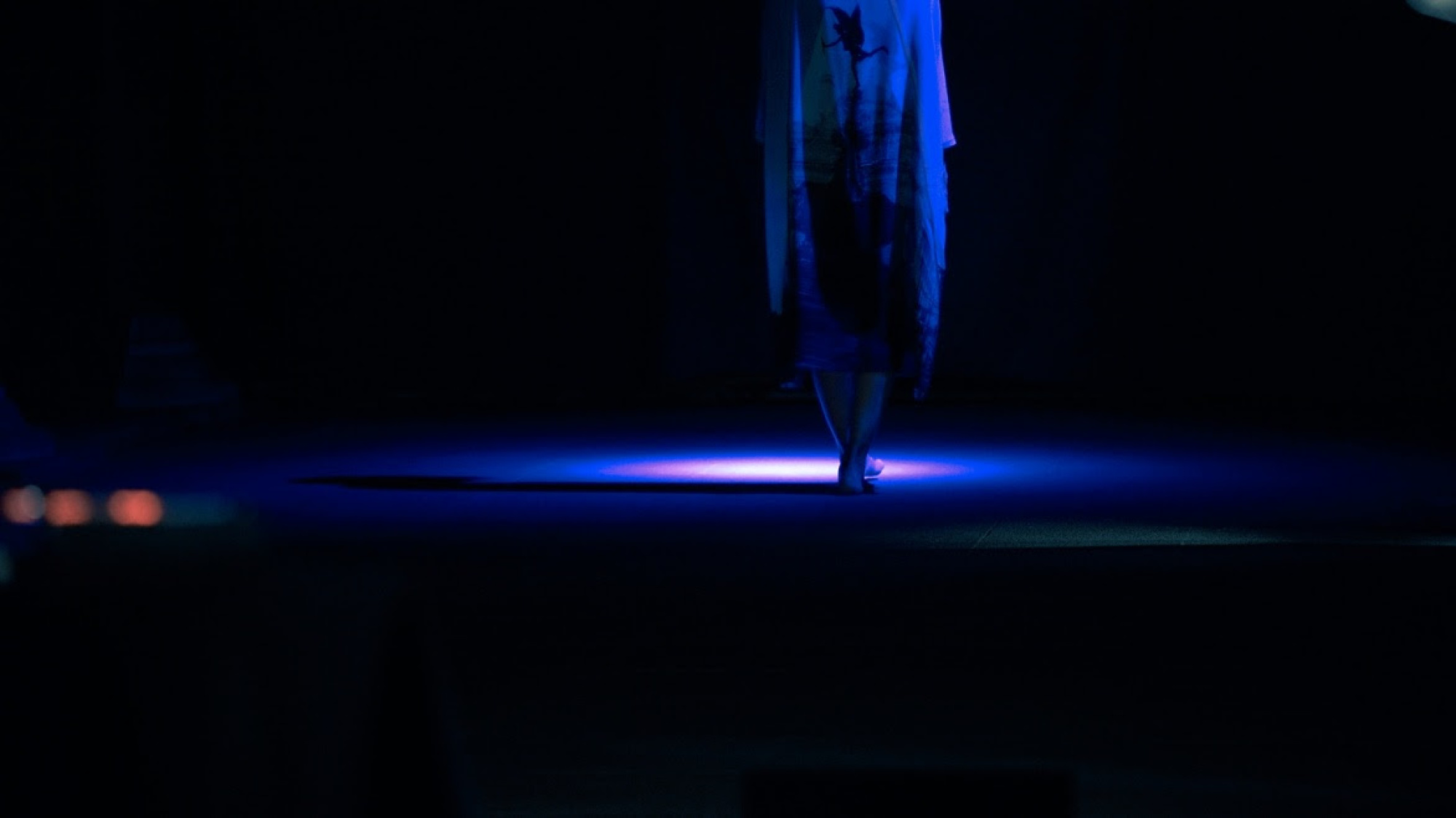
Shino Yanai
Shino Yanai: I hear your breath in 4/4 is showing at Yamamoto Keiko Rochaix, 19 Goulston St, London, E1 7TP, from 11 February - 24 March 2022. See the Yamamoto Keiko Rochaix website for details.
A Script For An Archive: Women - University of Dundee
Holly Davey's artist commission, A Script For An Archive: Women, launches on 31 January 2022, online via Zoom. The event is organised by Duncan of Jordanstone, College of Art and Design. Book via Eventbrite.
‘A Script for an Archive …’ is a recent body of work exploring – often marginalised - female voices within archival spaces. For this commission Davey produced a multi-component piece consisting of a script, a performance and a series of digital collages from her research of women artists’ works in the REWIND Artists Video Archive.
Further information see the Curating Living Archives website.
Beauty Cult - COEX Winter Festival, Seoul
Practice led PhD student Da In Park’s work Beauty Cult is showing as part of the COEX Winter Gallery at the COEX Winter Fest 2021 from 23 December 2021 - 4 January 2022. The Festival takes place across several sites: at Seoul @COEX_official Lobby, and 13 Digital Billboards including the K-POP Square, Hyundai Dept. Store, and Samsung tube station.
Malgorzata Dawidek: A Net of Emotions - Wakefield
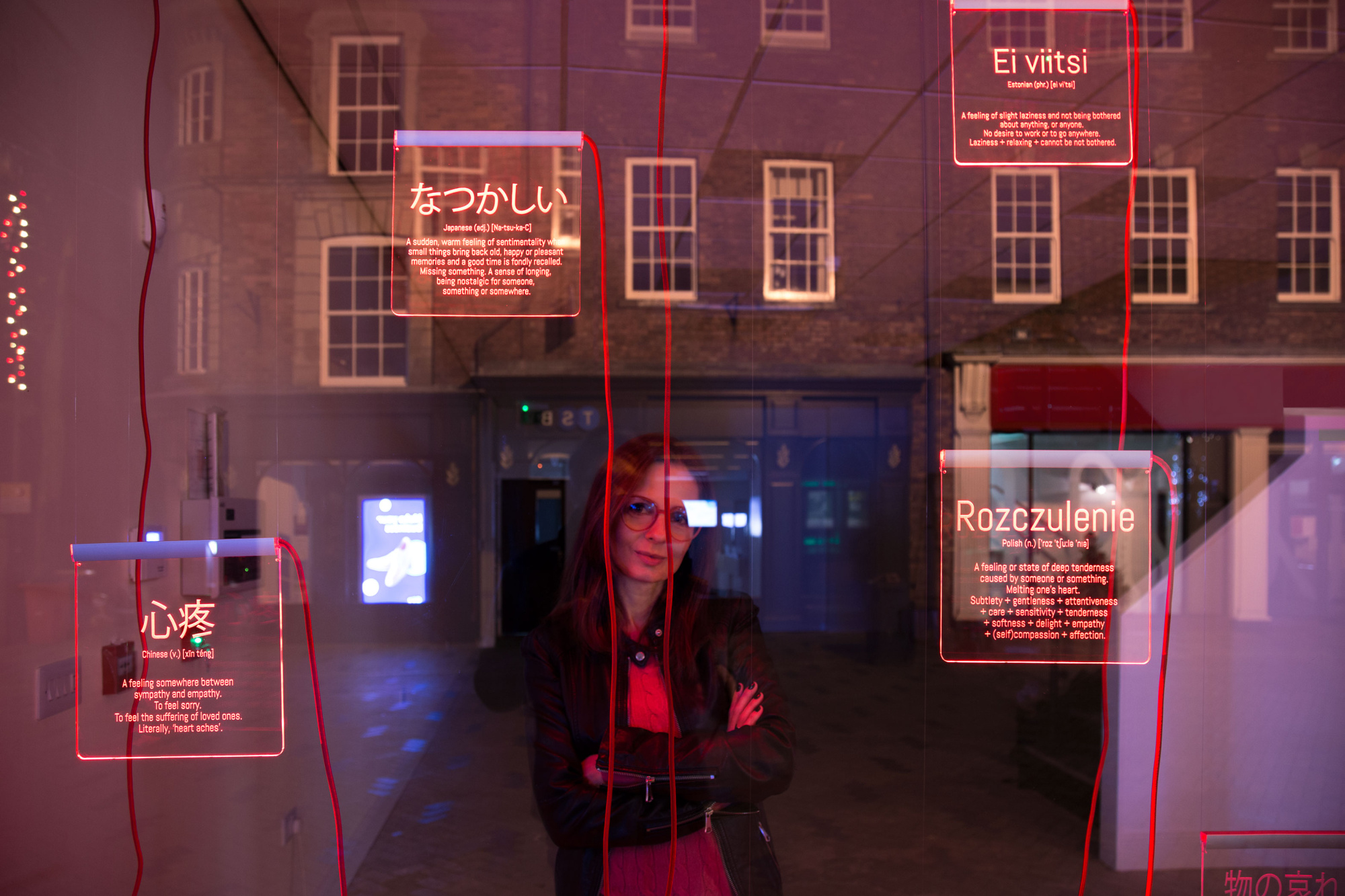
Malgorzata Dawidek: A Net of Emotions is showing at 15 Northgate, Wakefield WF1 1HD from 24 November 2021 - 27 January 2022. See the Artwalk Wakefield website for details.
Commissioned by Artwalk Wakefield, A Net of Emotions is a new light installation that investigates the conflict between human feelings and the attempt to verbally express their meaning. Read the Q&A with Malgorzata.
Le Mostræ della Laguna - Goethe Institute, Venice
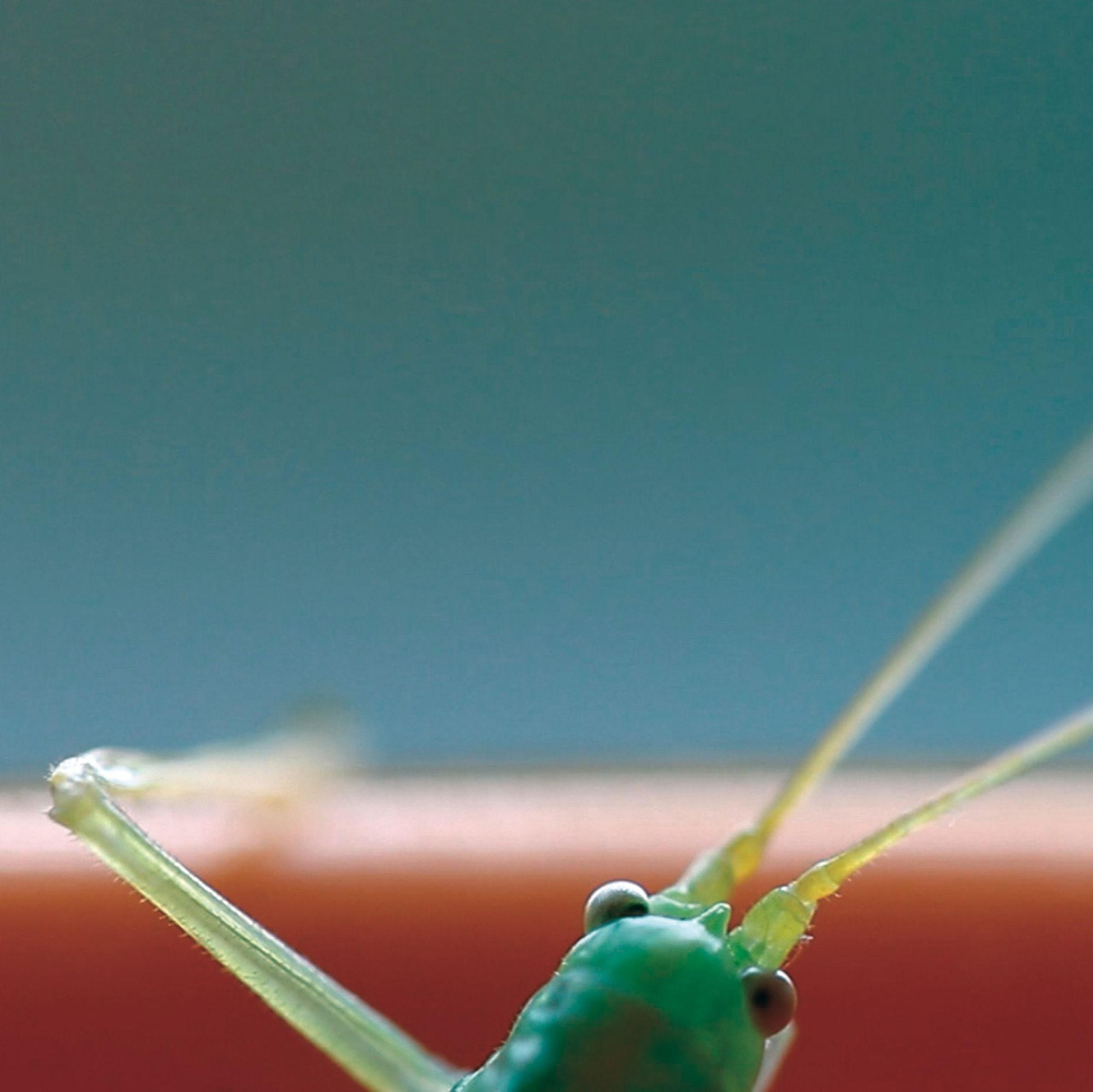
Alumna Eleanor Morgan is showing in Le Mostræ della Laguna in partnership with the Goethe Institute and Sale Docks, at Dorsoduro 265, 30123 Venice, from 5 November - 20 December 2021 and March - 29 May 2022. See the Goethe Institute website for opening hours and details.
Word as Art: Beauty in the Archives - UCL Special Collections
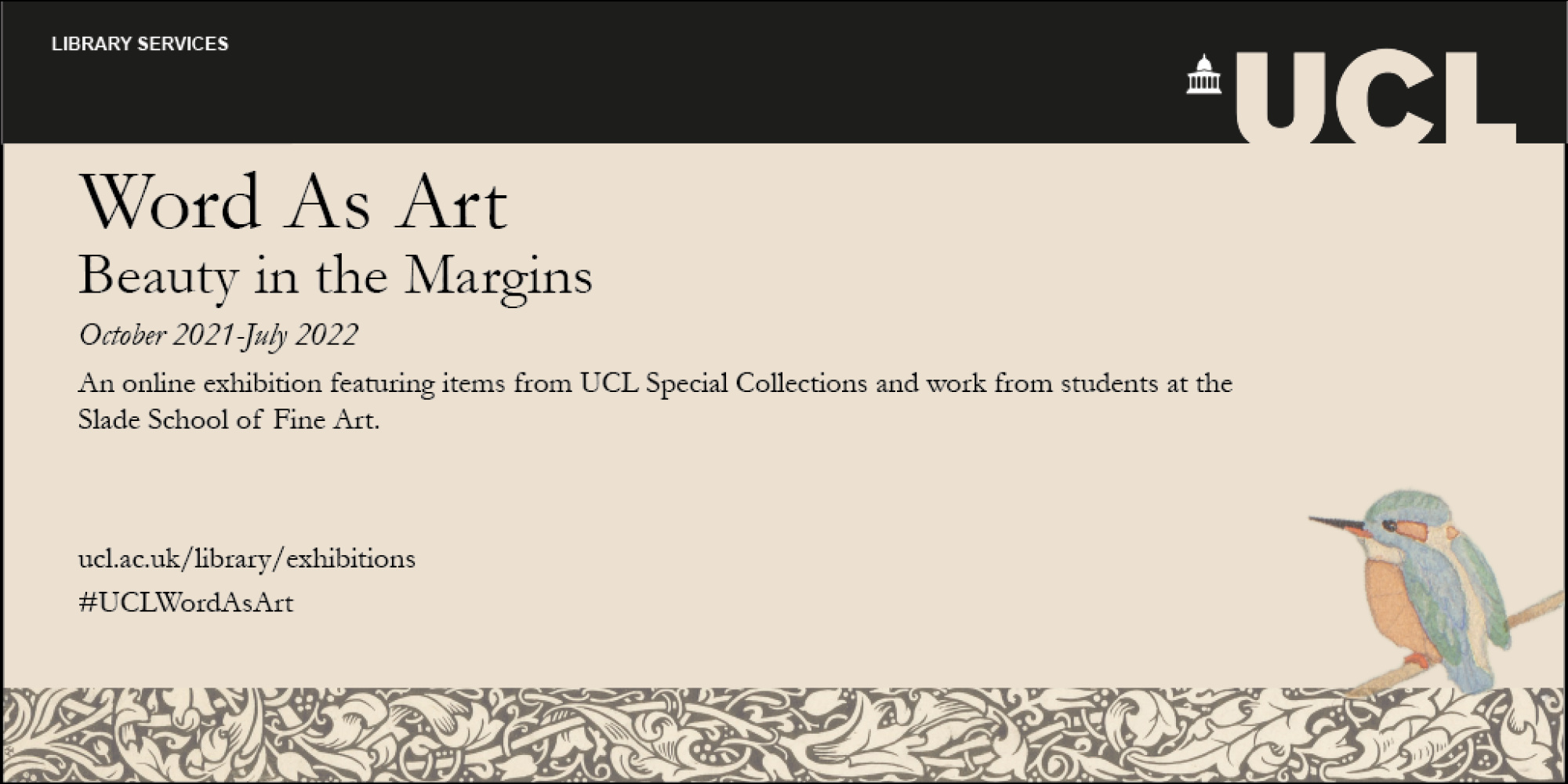
UCL Special Collections
UCL Special Collections’ online exhibition ‘Word as Art: Beauty in the Archives’ is now online! Inspired by the Slade 150th anniversary, Word as Art celebrates the way we have embellished the word. It includes items from their collection and work from Malgorzata Dawidek, Yifan He and Abi Ola, students/alumni from the Slade School of Fine Art.
Visit the Word as Art website.
Health and the Climate and Ecological Emergency Exhibition
Małgorzata Dawidek-Gryglicka is showing in Health and the Climate and Ecological Emergency Exhibition at UCL Hospital Arts Street Gallery, Euston Road, NW1 2BU, from 24 August - 20 October 2021. See the UCLH website for details.
In the Last Place: Acht Wolfsleben - Collegium Helveticum
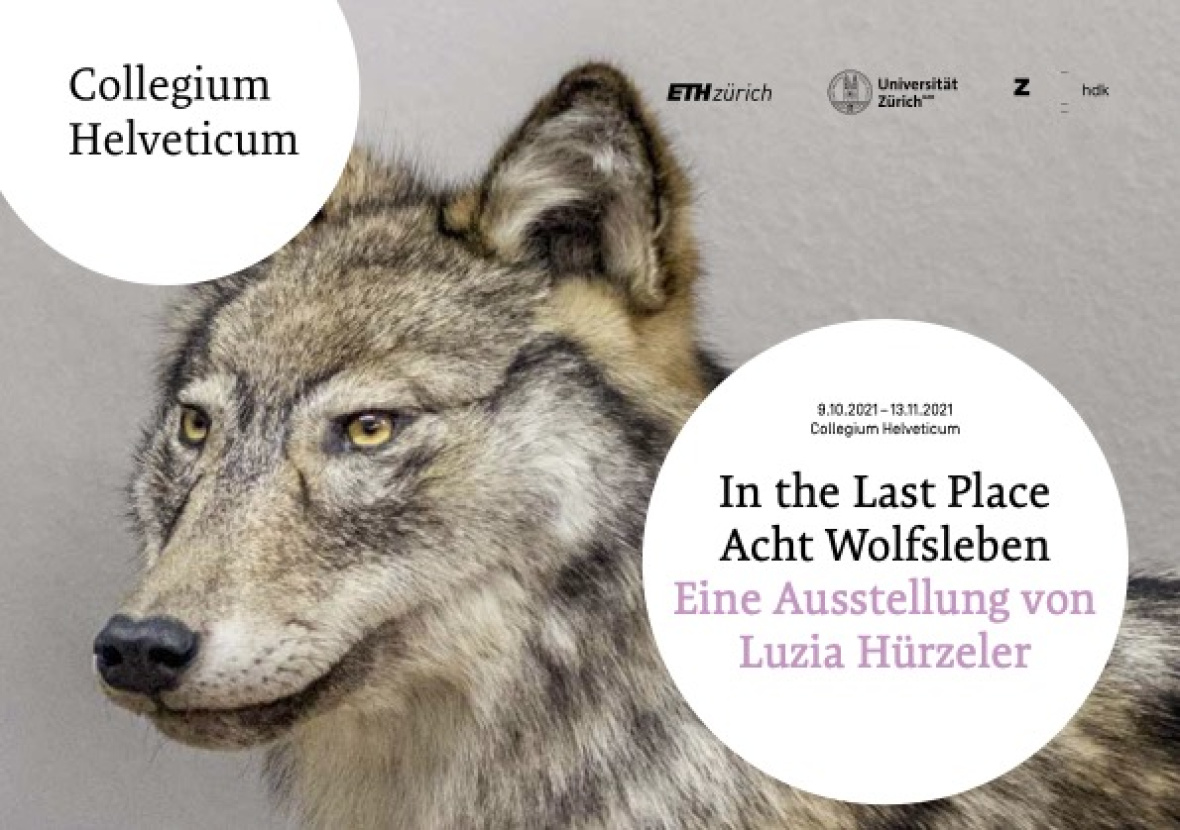
Luzia Hürzeler has a solo show, In the Last Place: Acht Wolfsleben, at Collegium Helveticum, STW – Semper-Sternwarte der ETH Zürich, Schmelzbergstrasse 25, 8006 Zürich, from 9 October - 13 November 2021. See the Collegium Helveticum website.
Jin Han Lee EXTENDED REALITIES - Beaconsfield
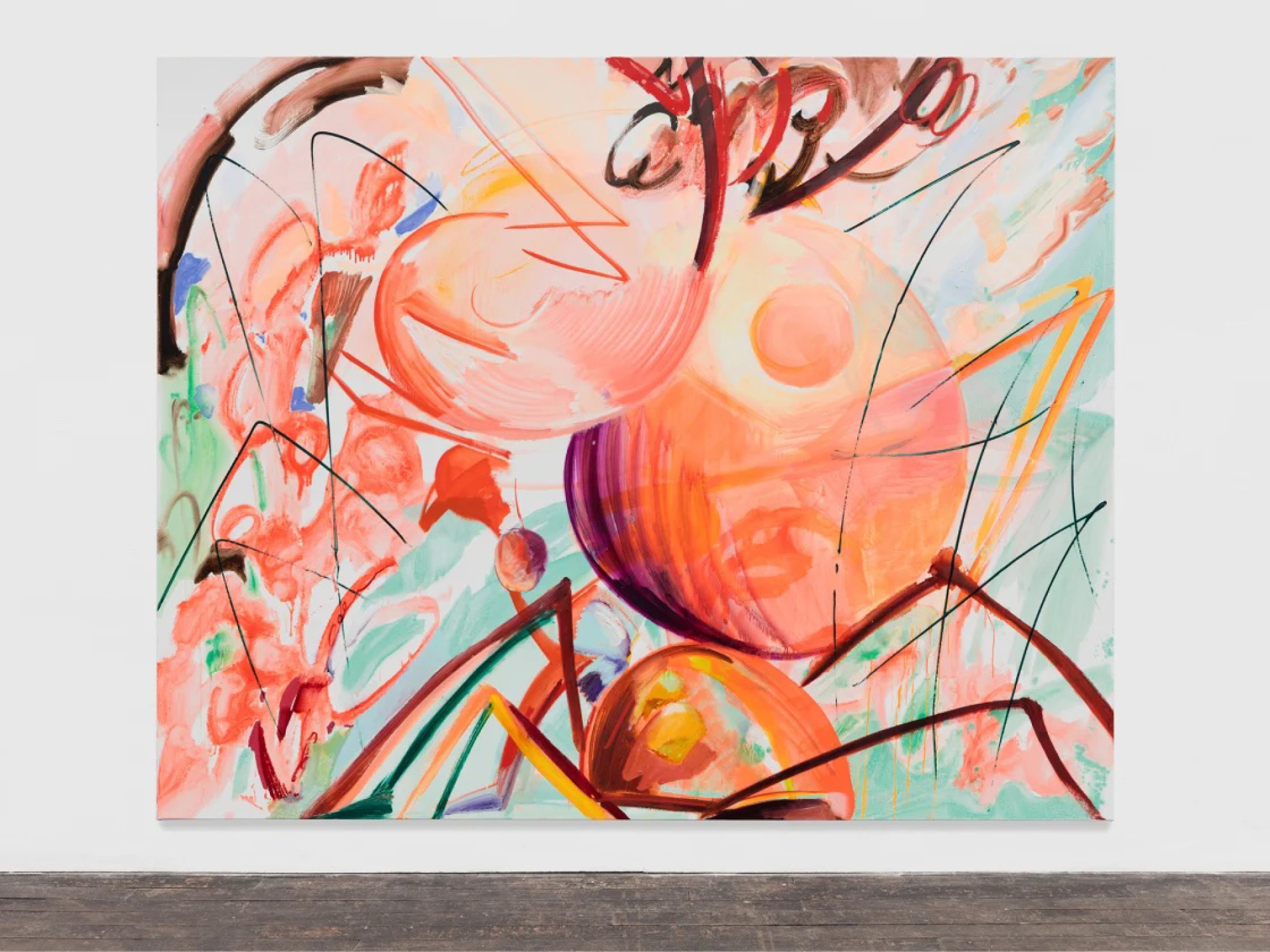
Jin Han Lee EXTENDED REALITIES at Beaconsfield, 22 Newport Street, London SE11 6AY, has been extended to 6 November 2021. See the Beaconsfield website for details.
Bright Shadows Point by artist Fiona Curran unveiled at Turing Locke
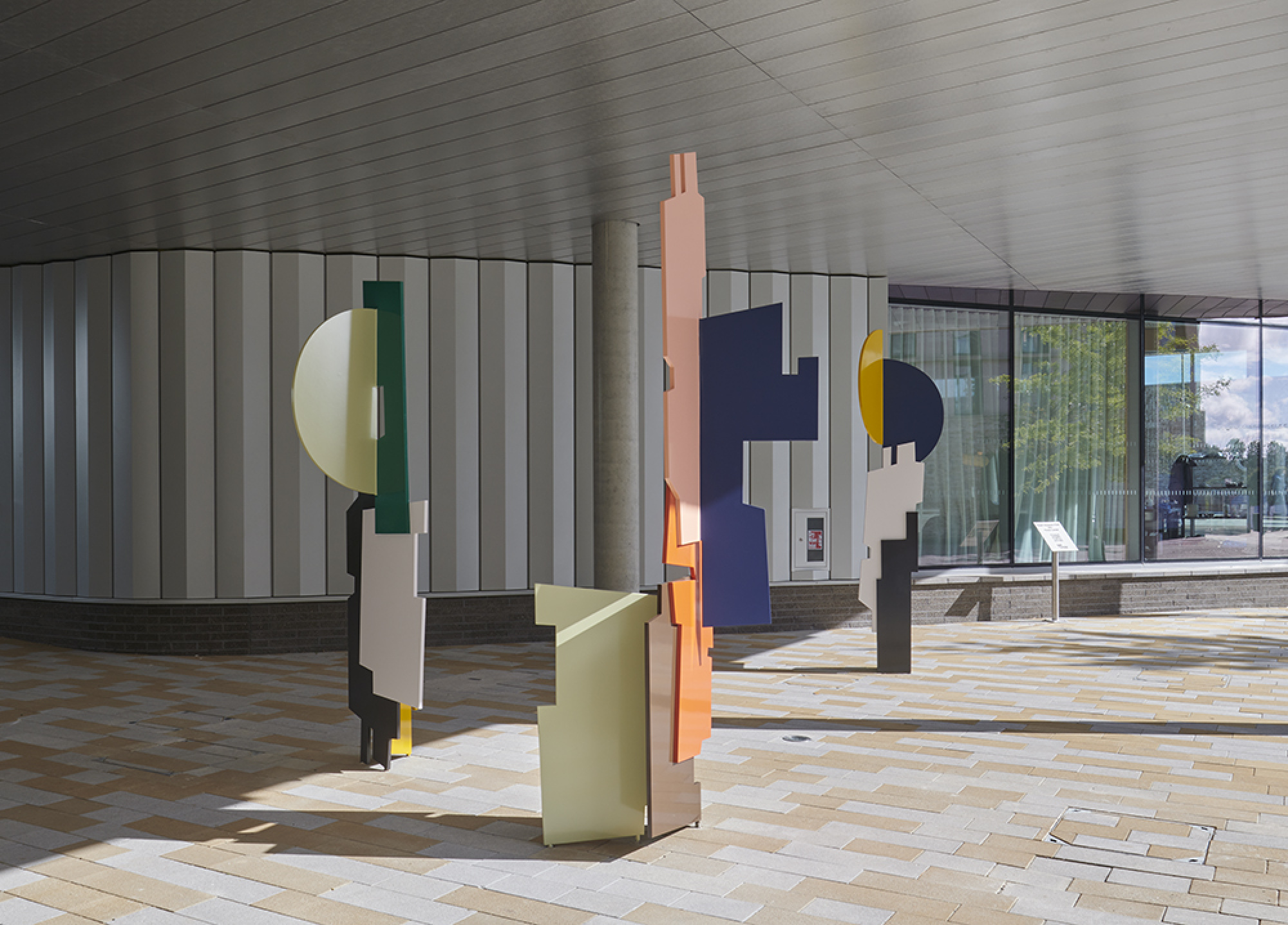
Turing Locke, Eddington, Cambridge
Jo Underhill
A new permanent public art installation, Bright Shadows Point, by artist Fiona Curran has been unveiled at Turing Locke in Eddington, Cambridge.
Commissioned through the Contemporary Art Society for Locke hotels, Bright Shadows Point aims to connect the rich history of Eddington with its progressive future.
Using research undertaken by the Cambridge Archaeological Unit at Cambridge University, Bright Shadows Point explores Eddington’s multi-layered history. Curran has drawn from the archaeological excavations of the site, maps indicating former settlement use and artefacts unearthed which date back several thousand years.
Eddington is named after Sir Arthur Eddington, professor of Astronomy and Experimental Philosophy at Cambridge University in the early part of the 20th century. Further inspiration for Curran's work came from photographs taken by Eddington during a complete solar eclipse in 1919. These images helped to map Einstein’s theory of relativity through capturing the curvature of light from the movement of stars.
The shadows cast by the solar eclipse and the creation of shadows on the landscape – from both the ground level and the aerial perspective – highlight the encounters with the site from multiple perspectives.
All Photo Credits: Jo Underhill
Praying for Tokyo - Well Temperament - Tokyo Biennale 2020-21
Praying for Tokyo - Well Temperament by Shino Yanai is showing at the Tokyo Biennale, Yushima Seido (17th century Confucian temple, national historic site), from 2 August - 5 September 2021. See the Tokyo Biennale website for details.
Wildfires in the Lab - Online
Christina della Giustina is speaking at Wildfires in the Lab - Creative Experiments Through Art and Science online via Zoom on Wednesday 14 July 2021. Register via Eventbrite.
I-solated Contact - Istanbul Art Contact Contemporary Art Fair
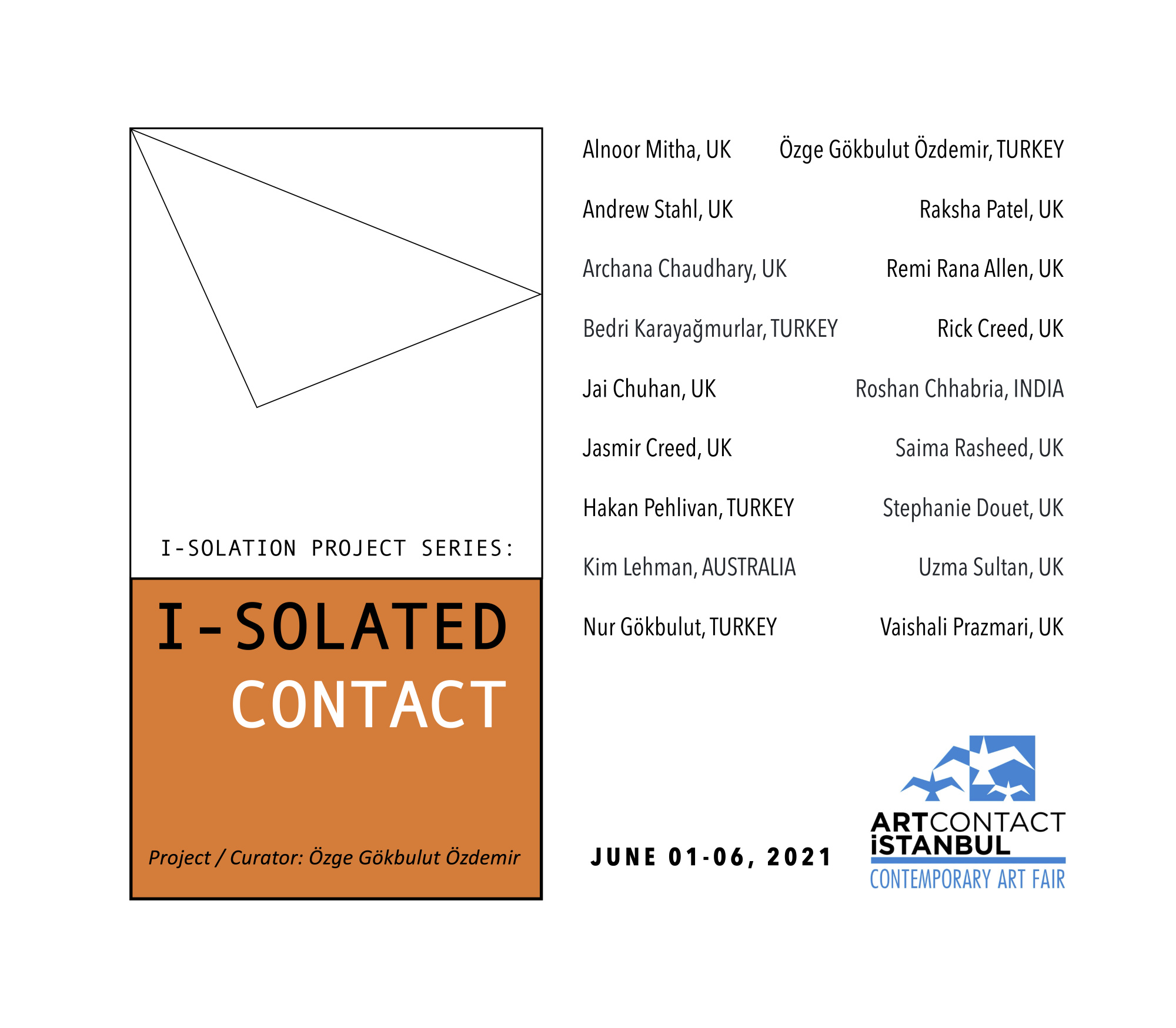
Jai Chuhan, Jasmir Creed, Raksha Patel, Sharon Morris, Vaishali Prazmari and Andrew Stahl are showing in I-solated Contact at Istanbul Art Contact Contemporary Art Fair, 1 - 4 June 2021.
Jump Cut, Still Life - Broadway Gallery
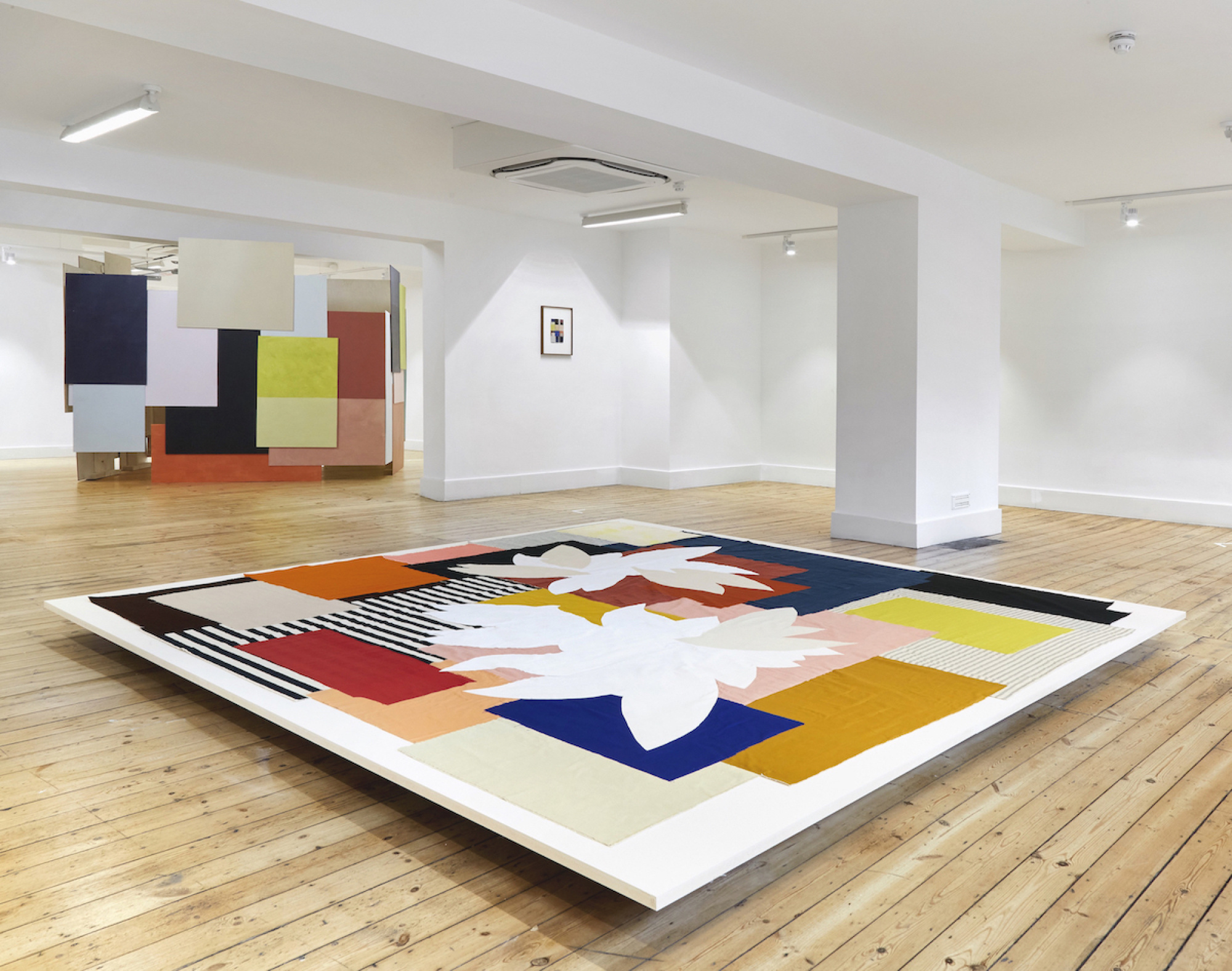
Fiona Curran has a solo show Jump Cut, Still Life at Broadway Gallery, Eastcheap, Letchworth Garden City SG6 3DD, online from 17 April, and live from 20 May - 4 July 2021. See the Broadway Gallery website for further information.
To mark the official opening of her solo exhibition Jump Cut, Still Life, Fiona Curran gave a talk about her career, practice and how her recent work was effected by the events of the last year, now available on YouTube.
11 Stories on Distanced Relationships - Contemporary Art from Japan - The Japan Foundation
Yanai Shino and Sawa Hiraki are showing in 11 Stories on Distanced Relationships - Contemporary Art from Japan online at The Japan Foundation from 30 March - 5 May 2021.
Anna Jochymek: Crowd Crystal - Watermans
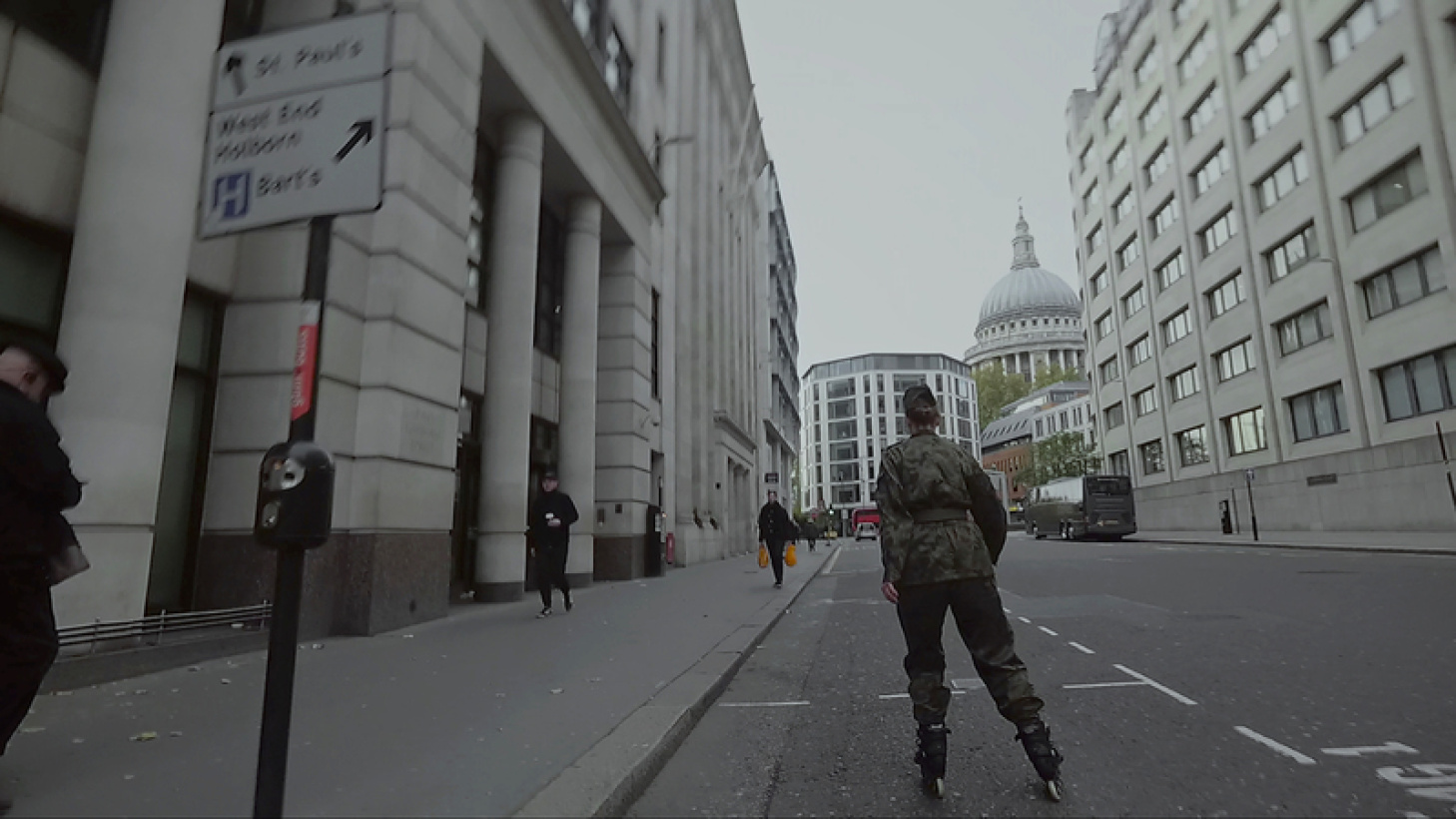
Anna Jochymek's video performative project Crowd Crystal is showing online from 14 January - 14 March 2021. There is a public online opening at 7pm on Thursday 14 January, including a panel discussion between Anna Jochymek and Katarzyna Depta-Garapich. See the Watermans' website for further details.
A Colour A Day: Week 38 - 7 - 13 December
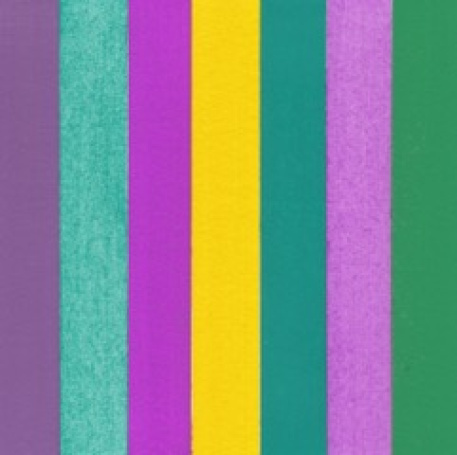
Each pigment is bound in gum Arabic on W&N watercolour paper and read from left to right:Cobalt Violet DarkCobalt GreenCobalt Violet BrilliantCobalt Yellow PaleCobalt Green BluishCobalt Violet Cobalt Titanate Green
A Colour A Day
Week 38, 7 - 13 December 2020
Follow Jo Volley's A Colour a Day project, a year-long project to celebrate one colour each day by recording a swatch of it, on The Pigment Timeline Blog: https://blogs.ucl.ac.uk/pigment-timeline .
This week’s colours are accompanied with a text by Robert Mead in response to the cobalts.
Cobalt: Pigment of Hope and Destruction
Robert Mead
Cobalt shares an entwined history with both painting and technology. The mineral is capable of producing a range of different colours - perhaps the most commonly known is Cobalt Blue. This is a cobalt aluminate pigment and was first discovered in 1775 – with further modern production achieved in 1777, where the moistening of aluminium compounds with a cobalt solution turned blue and strongly calcined.
A variety of other colours can be produced through cobalt; a range of violets can be created through a variety of different compounds – such as cobalt magnesium arsenate – and cobalt phosphate octahydrate. Cobalt Green has been made by multiple processes including the direct mixture of cobalt blue with ‘chromic’ yellow or a combination of cobalt and zinc or iron oxide. Cobalt Yellow is a potassium cobalt nitrate, first synthesised in 1831 – through the reaction between potassium nitrite and cobalt salts, creating a crystalline mass.
Using cobalt, we are able to produce range of wonderful and unique colours. However, as a mineral its demand has increased alongside the development of new technologies – as a key component of batteries in laptops, phones and increasingly electric cars. The main source of cobalt extraction is in The Democratic Republic of Congo, whose history of colonisation by Belgium from 1869–1908 through to its independence in the 1960s is entwined with the desire for its available supply of minerals such as diamonds, copper and uranium. Now major western companies such as Apple, Dell and Microsoft have bought into the mining industry there, as cobalt suppliers for their lithium batteries, this high demand has led to quarries operating with dangerous conditions and often using child labour.
Furthermore, both the pigment and the mineral itself hold highly toxic particles and when consumed or inhaled and can cause major health risk - increased through poor mining conditions. Further increasing the demand for cobalt is the development of electric cars. As we attempt to offset the climate crisis by moving to using electric vehicles, companies such as BMW and Tesla have also invested heavily in cobalt mining to acquire the material for powering them. In this case, cobalt is at the centre of paradox between hope for moving away from fossil fuels and towards clean electric energy and the negative consequences its acquisition results in.
Without sustainable mining methods, its production is tainted by this problematic discord.In reflecting on cobalt’s significance for our future, it seems prescient that it was the key ingredient in what was considered the doomsday weapon of the Cold War – the Cobalt Bomb (or C-Bomb), theoretically capable of wiping out all human life on the planet and featuring in films such as Beneath the Planet of the Apes and Dr Strangelove. The use of cobalt would allow a much higher level of fallout to be released from detonation, many times greater than the level of residual radiation still present in the strata of the Earth from the era of nuclear testing.
When we look at the alluring colours it can produce we can also consider that cobalt pigments are entwined with both our colonial and technological history and humanities attempts at both healing and destruction.
Robert Mead is a painter and PhD researcher at the Slade School of Fine Art. The aim of his research is to make paintings that form emotive connections between the viewer and our environment which draw them into wider hidden discourses. Robert says of his work; 'Moving through the strata of my paintings digs up histories and ghosts that we may not wish to confront but are bound to our past’ .
Each pigment is bound in gum Arabic on W&N watercolour paper and read from left to right:
Cobalt Violet Dark
Cobalt Green
Cobalt Violet Brilliant
Cobalt Yellow Pale
Cobalt Green Bluish
Cobalt Violet
Cobalt Titanate Green